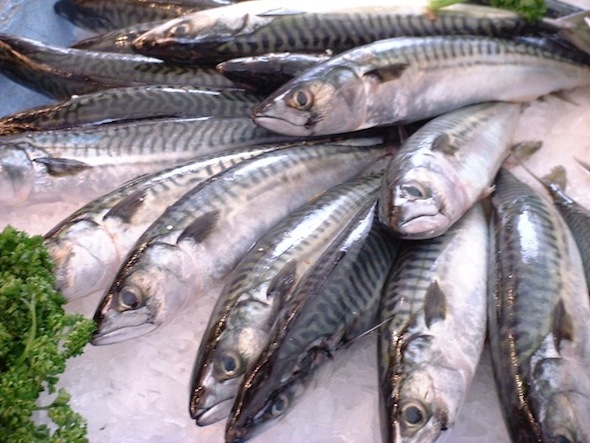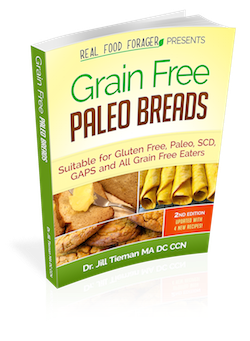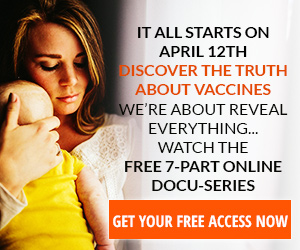Sustainable is a word that is bandied about in hopes of being politically correct. But because it is difficult to define, you may think you are purchasing a sustainable fish when, in fact, you are not. The term sustainable seafood has no governmental definition. That puts it on par with the term natural on boxed foods. It is a meaningless marketing ploy. How can you be sure you are getting the real deal?
Sustainable Seafood is difficult to define
In order to define the term sustainable, you need the answers to some important questions that involve the particular species, the methods used to catch or raise the fish and the location of the fish.
If you are purchasing wild caught seafood, you need to ask the following:
- What is the population of the species at specific locations?
- Are the populations strong and is there a plan for managing the resource responsibly?
- What is the catch method? Does it damage the environment?
- Is there by-catch (also called incidental catch)?
- Are the fish caught before they reproduce — this is damaging to the population.
- Are the fish slow growing or fast growing — if slow, they are more vulnerable.
The issues involved with wild caught fish
Large fish that live a long time and those that are slow to reproduce are among the most vulnerable. Additionally, when one kind of fish is no longer plentiful, fishermen may move on to new species. When the larger fish are exhausted, they move on to the smaller fish. The problem is that these smaller fish are also food for other fish, sea birds and sea mammals. Removing them will affect the entire ecosystem. This is called fishing down the food web.
Bottom trawling and dredging are top offenders, because they destroy everything in their path. In Alaskan waters alone, bottom trawls remove over one million pounds of deep water corals and sponges from the sea floor each year. In general, traps and pots cause less seafloor damage and catch fewer unintended species than other types of fishing gear that contact the seafloor.
Hundreds of thousands of sea turtles, seabirds and marine mammals, including whales, dolphins and porpoises, die as bycatch. As many as 200,000 loggerhead sea turtles and 50,000 leatherback sea turtles are caught annually. Longline fishing also kills hundreds of thousands of seabirds when they become entangled in driftnets or caught on longline hooks. Boats need to be outfitted with more selective gear to reduce this outrageous consequence of trying to haul in thousands of fish at one time.
If you are purchasing farmed fish you need to ask the following questions:
- Will there be a negative impact on the local environment? To what extent?
- What is being fed to the fish — the food should be the natural diet of the fish.
- Are chemicals or drugs being introduced to the fish in the water or in the feed?
The issues involved with farmed fish (aquaculture)
As a carnivore, salmon eat over three pounds of wild fish for every pound of weight gain. Tuna takes over 15 pounds of feed for every pound of weight gain. Alternative feed may also pose problems if it includes GM corn or soy.
Most farmed species are not the same as wild species in the surrounding area. Escapees can potentially breed with wild species, causing genetic changes and the possible extinction of certain populations. They can also establish themselves as invasive species. Additionally, they may compete with existing wild species for food. This is one of the problems with allowing the farming of the genetically engineered Frankenfish. If it escapes, (and it will) it can breed with true wild salmon and cause permanent genetic changes to the wild fish.
Farms that are open and allow surrounding water to flow through the enclosures—or those that divert wastes and chemicals into the environment—pollute adjacent waterways and habitats. This includes floating net cages or ponds that exchange water with the ocean.
In Thailand, Ecuador and other tropical nations, coastal mangrove forests once sheltered large numbers of wild plants and animals that local people used to feed their families. But after a few years of intensive farming, the accumulation of waste products and chemical pollution force the farmers to abandon their farm ponds, clear a new section of mangrove forest and rebuild—an unsustainable cycle that impacts local people and their ability to live in these areas.
Some fish farmers are working to develop closed systems to manage wastes. For instance, shrimp pond farmers in Thailand are beginning to close their systems, filtering their ponds and composting wastes to keep them out of neighboring waters.
There is a lot to know
Clearly, you need to know quite a bit about the fish, the species, where it came from and who caught it as well as how it was caught, in order to determine if it is truly sustainable.
Who has time to do all this research when you need to make the purchase and then prepare dinner? Not I and probably not you.
There are companies that are committed to real sustainable seafood
Much of the time I post about the poisons in our food supply and the greedy corporations that casually destroy everything natural in their path. Today I am thrilled to tell you about a company that is so committed to sustainable fishing, it actually was created in order to play it forward.
Monterey Bay was teeming with seafood in years past
Monterey Bay is a magical place. Rift with history, it celebrates the old sardine canneries that made the area famous. Additionally, one cannot go far in Salinas or Monterey Bay and not see something about the famous writer John Steinbeck who wrote so eloquently about the area.
A few years ago we visited the aquarium and surrounding areas. I could go back there in a heartbeat as it was a fantastic experience. The world class aquarium has enough there to keep young children (and adults) occupied for days.
There is a special Seafood Watch exhibit about sustainable fish that is a great teaching tool for parents and educators that is presented in a very fun way. You can print out a pocket guide on which seafoods are best for your region of the U.S. or download a convenient iPhone app. But at home it is difficult to know if the fish you are getting from the fish store is truly sustainably raised and caught.
Welcome to our new sponsor











